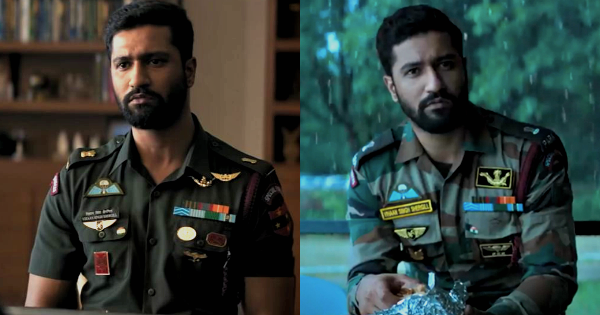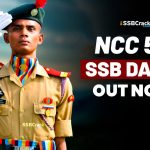Hello, Warriors, the main aim of a Parachute Regiment is the quick deployment of soldiers behind enemy lines to attack the enemy from behind and destroy their first line of defence. They are also mandated with missions such as special operations, direct action, hostage rescue, counter-terrorism, unconventional warfare, special reconnaissance, foreign internal defence, counter-proliferation, counter-insurgency, seek and destroy and personnel recovery.
Also Read: Journey of a Para SF Commando
16 Facts about Para Commandos
- In order to be a Para (Special Forces), all personnel are first required to qualify as Paratroopers; once selected the candidates may choose to advance to the SF selection.
- All Indian paratroopers are volunteers where only the serving army personnel can opt for para no one else. There is a probationary period of 3 months for all when men undergo various physical & mental tests, during which many are rejected.
- Those who pass are sent to the PTS (Paratroopers Training School) at Agra, U.P. where 5 jumps, including 1 at night, entitle the trainee to wear the wings & the maroon beret. After this, those who had opted for Para (SF) undergo more specialized training of 3 more months to suit them for their role. In all, SF has 6 months probationary period.
- It is one of the longest and toughest phases in world where the applicant is exposed to sleep deprivation, humiliation, exhaustion, mental and physical torture. The selection has reported deaths in the process itself. The attrition rate is very high and is close to 80%.

Because of its specified role, the regiment needs to be kept at optimum level of operational efficiency and physical fitness. Towards this end, this specially selected manpower is comparatively young, physically fit and mentally robust, intelligent, innovative and highly motivated so as to successfully accomplish the assigned operational tasks. The Parachute Regiment has, in addition to their participation in other countries, formed part of the United Nation Operations in Gaza and Korea.
Today, the regiment is perhaps the only one in the Indian Army to have taken part in every theatre and every operation in and outside the country. The name “RED DEVILS” was given to them by the soldiers of the German African Corps fighting against them in Africa. The name “RED” came from the “MAROON BERET” that the paratroopers used to wear which is now a trade mark for all the paratroopers around the world. By start of the new century, the Parachute Regiment had essentially two components. One part was the traditional parachute force, with the 3rd, 4th, 5th, 6th and 7th Parachute. The other was the five Parachute Special Forces units with the 1 Para (SF), 2 Para (SF), 9 Para (SF), 10 Para (SF) and 21st Para (SF).
The 1 Para (SF) is trained for covert and overt operation; 2, 3 and 4 Para (SFs) is trained for urban warfare, unconventional warfare, foreign internal defence, special reconnaissance & so on. 5, 6, 7 and 8 Para are airborne units, not specialised in any particular warfare. The 9 Para (SF) is trained extensively in mountain warfare and cross-trained in the urban jungle and desert warfare. The 10 Para (SF), a residue from the 9 Para (SF) is the toughest battalion in PARA, trained for desert warfare and cross-trained in all other warfare. The 21 Para (SF) is permanently situated in North-East and is very highly trained in Counter Insurgency & Jungle Warfare and Guerrilla warfare being the best in camouflage and concealment and sniping as well. Firing while rolling and snaking their way through an actual mined path, are some of the day to day training exercises for the Para soldiers. They can be self-sustained in enemy territory only for a brief period of probably up to 72 hrs beyond which they will be overrun by the sheer numbers of the enemy forces. The Special Forces Battalions are organised entirely differently in a way which give them the capability to operate in smaller teams. The SF, unlike the airborne, are used more for special missions and clandestine operations in enemy territory which require a lot of secrecy and the ability to operate in very small teams of five or six. The SF rarely operates as an entire Battalion.
Also Read:
- 8 Badges PARA Commandos Earn By Playing With Death
- 11 Things Only A Military Buddy Can Do For You That A Civilian BFF Probably Won’t
- 11 Reasons Why PARA Commandos Are The Best
IMPORTANT – Download eBooks for SSB Interview Preparations
- Thematic Apperception Test – TAT
- Lecturette Topics Part-1 eBook [100 Topics]
- Word Association Test – WAT
- Situation Reaction Test – SRT
- Officers Intelligence Test – OIR
- Current Affairs for All
Defence Exams and Interview Books:














